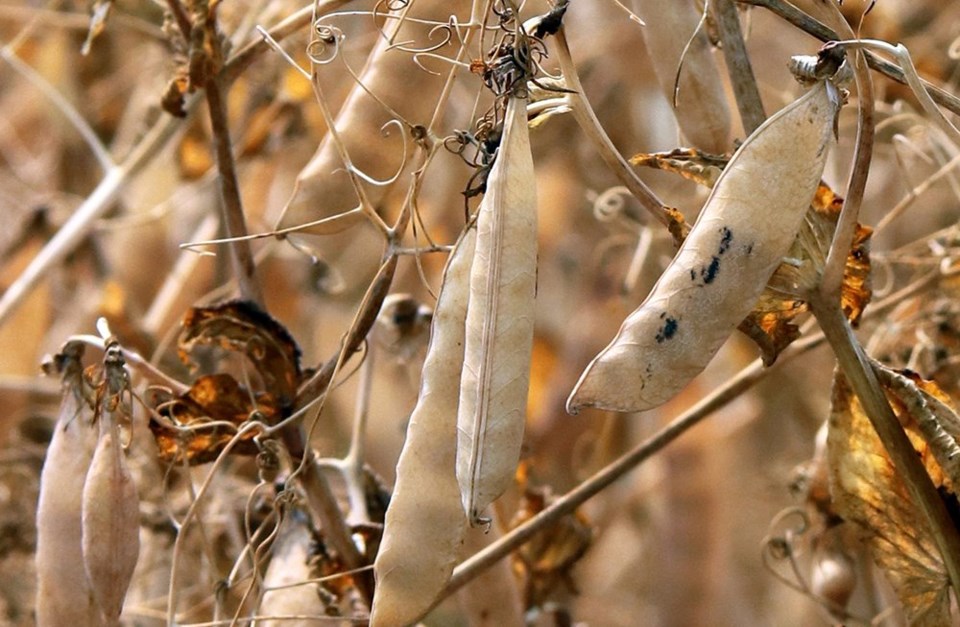WESTERN PRODUCER — Millions of lonely and isolated people have been seeking companionship during the COVID-19 pandemic spurring a huge increase in pet ownership and pet food demand, says a grain industry executive.
An estimated 10 million new pets have been added to North American households during the pandemic, said Jeff Vipond, vice-president and general manager of pulses, seeds and distilling grains at Scoular.
His family adopted a dog at the start of the pandemic as did many others in Canada and the United States. It got to the point where animal shelters were running out of dogs and cats.
A record 70 percent of households in the U.S. now own pets and they need to feed those critters.
That is resulting in a close-to-home surge in demand for pulses and other crops grown in Western Canada because they are becoming sought after ingredients in modern pet food diets south of the border.
“I would say there’s a half million tonnes of Canadian pulses that find their way into that market,” he said.
The volumes will likely be much higher than that this year due to the COVID surge in demand and the shortfall in U.S. pulse production in key states like North Dakota and Montana.
Canada has already shipped 100,000 tonnes of peas to the U.S. through the first three months of 2021-22.
His estimates suggest that Canada’s pulse sector is already well on the way to achieving one of its 2025 objectives, which is to have 500,000 tonnes of annual demand from the pet food, aquaculture and livestock feed industries.
Vipond stressed that U.S. demand for Canadian pulses tends to ebb and flow every year depending on domestic production levels but he believes that the overall demand is steadily growing and is here to stay.
Pet food manufacturers like using pulses as healthy alternatives to traditional meat ingredients and for grain-free diets.
But it’s not just pulses. On Dec. 7th Scoular announced the opening of a plant in Jerome, Idaho, that is making Emerge, a first-of-its-kind concentrated barley protein for the pet food and aquafeed sectors.
Canadian flax is another key ingredient in Scoular’s pet food business. The company recently built a new cleaning plant in Regina to help service that sector.
Vipond stressed that pet food manufacturers are looking for the same level of crop quality as buyers in the human food market.
“That’s an important thing for all of us to keep in mind, that it’s not an outlet for poor quality,” he said.
“Quality matters to them.”
They have the identical food safety requirements as food manufacturers and they audit processing facilities with the exact same expectations in mind.
The good news is they are willing and able to pay the same kind of prices for pulses and other crops as their competitors in human consumption food markets.
But they are starting to balk at today’s values when a crop like flax is selling for $45 per bushel.

